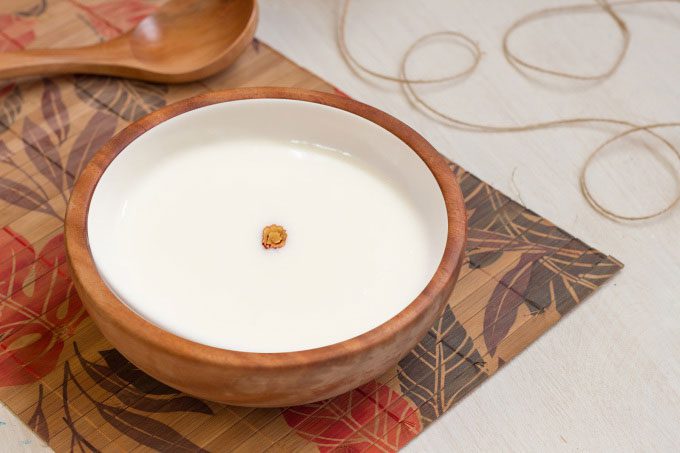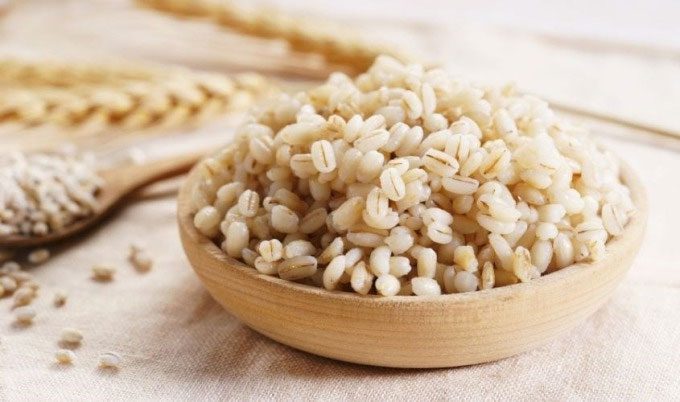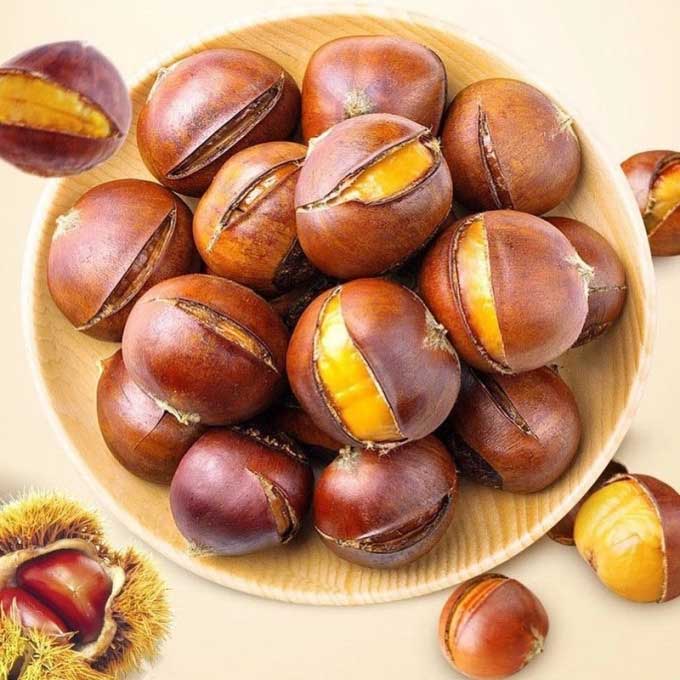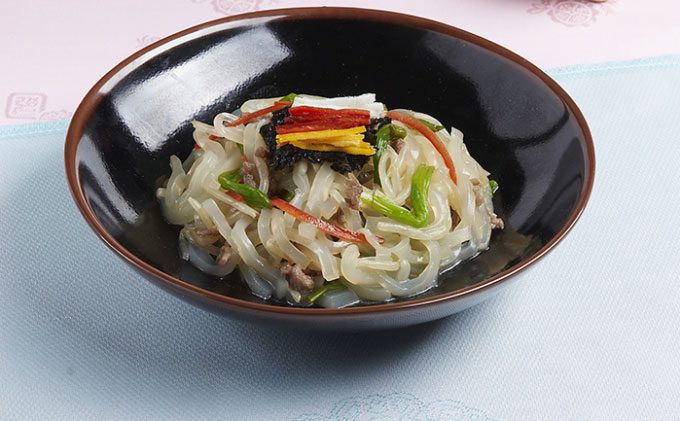The longest-living king of Joseon preferred vegetarian food, often ate milk porridge, chestnuts, and drank very little alcohol.
According to historical records, the kings of the Joseon dynasty enjoyed the best living conditions and medical services of their time. However, their lifespans were not long. The average lifespan of the 27 kings during the Joseon period was about 45 years. Among them, 9 kings, including Danjong, Yejong, Yeonsangun, Myeongjong, Gwanghaegun, Hyeonjong, Kyungjong, Heonjong, and Cheoljong, died before the age of 35.
However, there was one Korean king who lived to be 83 years old. He is the king who reigned the longest among the Joseon kings, with a reign lasting 52 years. His name was King Yeongjo. Based on historical records, it is believed that his longevity stemmed from his diligent lifestyle and scientific eating habits.
1. Reducing Daily Meals
In the Chronicles of King Yeongjo, it is noted that each Joseon king typically ate a total of five meals a day. However, King Yeongjo only ate three meals a day, consisting mostly of light dishes. He once told his subjects on the night of October 18, 1724: “As for food, it is sufficient if it pleases the palate.” There were times when he even fasted.
2. Enjoying Tarakjuk Porridge

Tarakjuk dish. (Photo: TasteAtlas)
King Yeongjo had a particular fondness for Tarakjuk. This milk porridge is made from glutinous rice cooked down with added milk, salt, and honey, and it frequently appeared in the royal cuisine of Korea. The Tarakjuk porridge was often consumed by kings from early autumn until the end of winter to recover and boost their energy. The ground rice porridge is similar to European soups.
3. Eating Barley Rice in Summer

Barley grains. (Photo: Pinterest)
Also in the Chronicles of King Yeongjo, it is mentioned that he enjoyed eating maeksura (barley rice) during the summer. Barley rice contains more vitamins B1 and B2 than regular rice, making it effective for treating constipation due to its high fiber content, which also aids in weight loss.
Barley can be prepared in many delicious ways. Like rice, you rinse it clean and cook it. You can cook it with water or unsweetened milk to make barley porridge. Mix it with soups or stews to enhance the flavor. Combine it with flour to make barley bread. Toss it with greens and dressing for a refreshing salad.
4. A Preference for Chestnuts

Chestnuts. (Photo: Pinterest)
The 83-year-old king of the Joseon dynasty enjoyed many other dishes as well, such as green rice, boiled chestnuts, boiled meat, deer tails, and quail meat. Among these, chestnuts are known to boost digestive and stomach health, providing energy and combating hunger. He also used them as a light snack before meals to temporarily alleviate hunger.
Deer tails were used as medicine in traditional Eastern medicine. They help warm the waist and enhance knee endurance. They are also believed to be effective in treating back pain, involuntary ejaculation, vertigo, dizziness, as well as tinnitus. Additionally, quail meat is a medicinal ingredient that nourishes the internal organs, replenishes energy, strengthens muscles and bones, and enhances bladder health.
5. Drinking Little Alcohol
He did not drink much alcohol and even issued a ban on alcohol on September 14, 1755. For an ordinary person, abstaining from alcohol can lead to a healthier heart and recovery of the liver. This is because alcohol is a major factor in fatty liver disease, cirrhosis, and other issues. The good news is that the liver can regenerate and heal itself when one stops drinking. Furthermore, not consuming alcohol can also help with better weight management, improved sleep, enhanced sexual life, and reduced cancer risk.
6. Eating Tangpyeongchae

Tangpyeongchae dish. (Photo: Korea)
Tangpyeongchae is a dish that harmonizes mung bean jelly with other ingredients in both flavor and color. King Yeongjo named this dish “Tangpyeongchae,” symbolizing his pursuit of political harmony in his kingdom.




















































